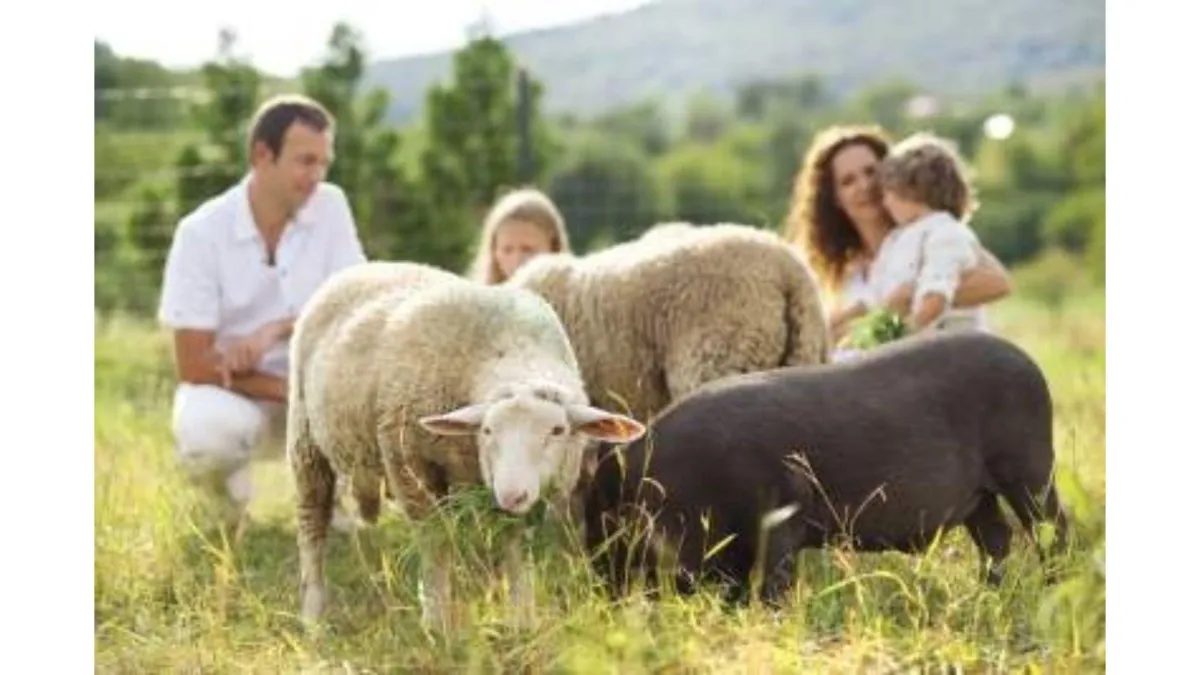
Winter feeding - pasture
Good quality pasture is usually the best and most cost-effective feed for livestock. In autumn, any surplus pasture can be rationed to provide feed through the winter months. But winter feeding takes planning, experience, and a good understanding of your animals’ needs.
How to Ration Autumn Pasture
To stretch your pasture into winter:
Divide paddocks into small sections using electric fencing
Use strip grazing or rotational grazing to limit daily access
Monitor feed availability using pasture height or dry matter estimates
Understanding terms like kilograms of dry matter per hectare can be challenging at first. Tools like a dry matter calculator or advice from a trained advisor can help you estimate feed availability more accurately.
If pasture quality is low, consider strategic fertiliser application or re-seeding in autumn or early spring to improve future productivity.
Matching Feed to Livestock Needs
Not all livestock have the same nutritional requirements in winter. Some animals will cope well on pasture and hay alone, while others will need energy- and protein-rich concentrates to maintain health and body condition.
You should consider supplementary feeding for:
Young animals still growing
Pregnant or lactating stock
Elderly animals with reduced condition
Horses in work or ponies kept rugged in exposed areas
Animals with poor dentition, especially if grazing short pasture
Short Pasture Challenges
Not all animals can graze effectively on short pasture:
Horses and sheep can graze closer to the ground
Goats and cattle need longer pasture to be efficient grazers
On short pasture, goats and cattle may lose condition without supplementary hay or concentrate feeds
Cattle use their tongues to wrap and tear grass. They require pasture to be several centimetres long to graze effectively. If pasture is too short, their feed intake will drop, leading to weight loss or health issues.
Signs of Well-Fed Livestock
A useful rule of thumb: if your animals spend time resting, ruminating or idling, they're probably well fed.
Ruminants like cattle, sheep and goats should regularly be seen lying down and chewing the cud
Horses and ponies that spend time standing quietly, dozing or grooming, rather than grazing constantly, are generally well nourished
If animals are constantly on the move, heads down, scraping for pasture, it may be a sign they are underfed or struggling to meet their energy needs.
Want to learn more about pasture planning and animal nutrition?
Our Soil and Fertiliser and Pasture Management ebooks are practical, NZ-focused resources to help you manage feed, pasture, and animal condition through all seasons.

